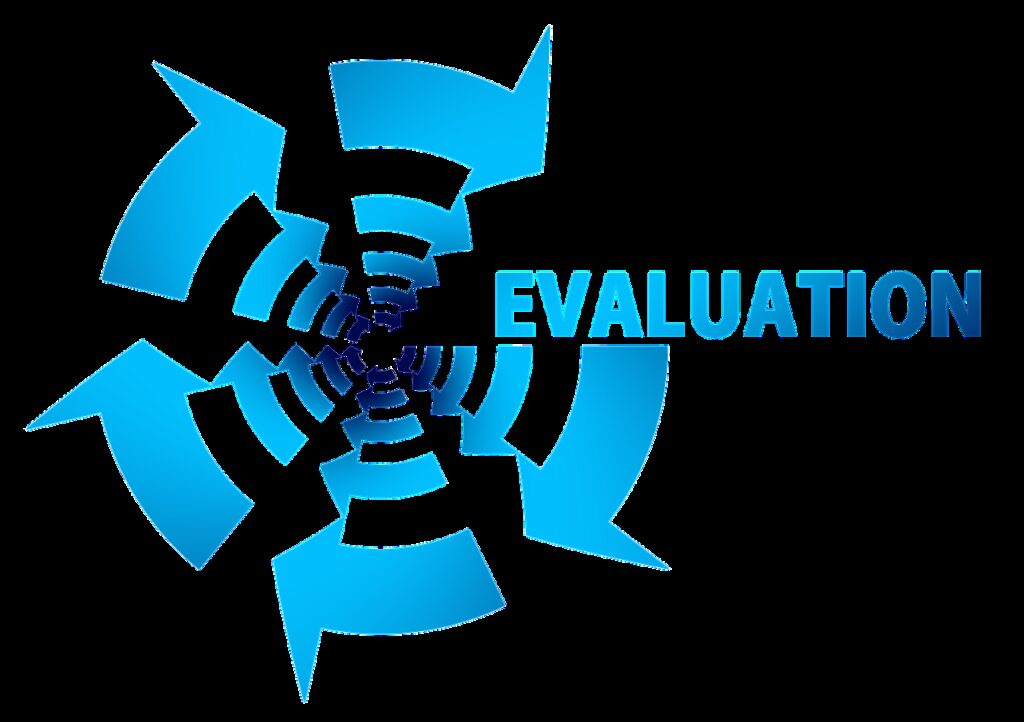
Our Programs & Solutions
Comprehensive Feedback Tools to Help Leaders Understand Their Strengths and Areas for Development
In an era defined by rapid technological advancements, shifting market conditions, and evolving organizational needs, change is inevitable. The ability to manage and lead through change has become a critical skill for leaders who want to ensure their teams and organizations not oLeadership development requires more than self-reflection; it calls for insights from those who interact with leaders daily. At Skillandda, our 360 Assessments are designed to provide leaders with a holistic view of their performance by gathering feedback from a wide range of colleagues—supervisors, peers, and subordinates. This multi-perspective approach gives leaders a well-rounded understanding of their strengths, areas for growth, and the impact of their leadership style on others.
What Are 360 Assessments?
A 360 Assessment is a feedback tool that provides leaders with comprehensive input from multiple sources within an organization. Unlike traditional performance evaluations, which are typically limited to feedback from a supervisor, 360 Assessments gather feedback from several key stakeholders, including:
- Supervisors or Managers: Those who oversee the leader’s performance and provide input on their effectiveness in achieving organizational goals.
- Peers: Colleagues who work alongside the leader and can offer insights into their teamwork, collaboration, and communication skills.
- Direct Reports: Employees who report to the leader and can provide feedback on their management style, approachability, and ability to inspire and motivate.
This multi-source feedback provides a complete picture of how leaders are perceived across the organization and highlights both their strengths and development opportunities.

Why Skillandda’s 360 Assessments Stand Out
At Skillandda, our 360 Assessments are not just about collecting feedback—they are about driving transformational leadership growth. Our approach emphasizes:
Customization: We tailor our 360 Assessment surveys to align with the specific competencies and leadership expectations of your organization, ensuring the feedback is relevant and actionable.
Confidentiality: We prioritize the confidentiality of the feedback process, encouraging honest and constructive input from all participants.
Actionable Reports: Our feedback reports are designed to be clear and actionable, helping leaders quickly identify their key strengths and areas for development.
Development Integration: We don’t stop at feedback. We integrate 360 Assessments with our leadership coaching and development programs, ensuring that leaders have the support and resources they need to act on the feedback and grow as leaders.
How 360 Assessments Work
Survey Distribution: A customized survey is distributed to key individuals who work closely with the leader. These individuals are asked to provide feedback on specific leadership competencies, including communication, decision-making, emotional intelligence, and more.
Self-Assessment: Leaders also complete a self-assessment, providing their perspective on their own skills and performance. This helps identify gaps between self-perception and how others perceive them.
Data Compilation: Once the surveys are completed, the feedback is collected and compiled into a report. The report aggregates the responses from different sources, ensuring anonymity to encourage honest and constructive feedback.
Feedback Report: The 360 Assessment feedback report highlights areas where the leader excels and areas where improvement is needed. This feedback is often organized into key leadership competencies, providing clear insights into how the leader is viewed in various dimensions of leadership.
Development Planning: After reviewing the report, leaders work with a coach or facilitator to develop a personalized action plan. This plan focuses on leveraging their strengths while addressing areas for growth, ultimately leading to improved leadership performance.
Key Benefits of 360 Assessments
360 Assessments provide several significant benefits for both leaders and organizations:
Holistic Feedback: By gathering input from various sources, 360 Assessments offer leaders a well-rounded view of their leadership performance. This diverse feedback is invaluable for understanding how their actions and behaviors impact different individuals within the organization.
Self-Awareness: Many leaders are unaware of certain behaviors or habits that may affect their leadership effectiveness. 360 Assessments promote self-awareness by highlighting blind spots—areas where the leader’s self-perception differs from how others view them.
Actionable Insights: The detailed feedback provided by 360 Assessments allows leaders to pinpoint specific areas for improvement. These insights form the basis for targeted development plans that focus on enhancing leadership skills and improving performance.
Improved Communication and Relationships: By understanding how others perceive their communication style and management approach, leaders can make adjustments that strengthen relationships with their teams and colleagues.
Enhanced Leadership Effectiveness: Armed with feedback from multiple perspectives, leaders can address weaknesses, capitalize on strengths, and refine their leadership approach to become more effective in their roles.
Supportive Organizational Culture: When used regularly, 360 Assessments contribute to a culture of continuous feedback and development. Leaders are encouraged to actively seek feedback, fostering an environment where growth and improvement are prioritized.
Competencies Measured in 360 Assessments
360 Assessments typically evaluate a wide range of leadership competencies, including:
Communication: How effectively does the leader communicate with different stakeholders? Are they clear, concise, and able to inspire and motivate others through their communication?
Emotional Intelligence: Does the leader demonstrate empathy and emotional awareness? Can they manage their emotions and navigate interpersonal relationships effectively?
Decision-Making: How well does the leader make decisions, particularly in high-pressure situations? Do they consider input from others and evaluate risks before making key decisions?
Teamwork and Collaboration: Does the leader foster collaboration within their team? Are they viewed as approachable and willing to support team members?
Conflict Resolution: How effectively does the leader handle conflicts within the organization? Do they address issues fairly and promote a positive resolution?
Adaptability: Is the leader flexible and able to adapt to changing circumstances? Do they embrace innovation and lead their team through periods of change with confidence?
Using 360 Assessments for Leadership Development
360 Assessments are a powerful tool for ongoing leadership development. At Skillandda, we incorporate these assessments into our broader leadership development programs, ensuring that leaders receive continuous feedback as they progress in their roles.
Goal Setting: After receiving the feedback, leaders can set measurable goals for improvement in specific areas. This might include improving communication with direct reports, becoming more decisive, or enhancing emotional intelligence.
Targeted Coaching: Leaders may work with executive coaches to address the feedback received from the 360 Assessment. Coaching sessions are tailored to the leader’s unique strengths and challenges, helping them refine their skills and achieve their development goals.
Progress Tracking: Over time, leaders can complete follow-up assessments to track their progress and see how their performance has evolved. This reinforces accountability and ensures that development efforts lead to tangible improvements.
At Skillandda, we believe that continuous feedback is the key to leadership growth. Our 360 Assessments provide leaders with the comprehensive insights they need to understand their impact, address blind spots, and develop a leadership style that inspires, motivates, and drives results. By gaining feedback from multiple perspectives, leaders are empowered to enhance their effectiveness and make a lasting, positive impact on their teams and organizations.

